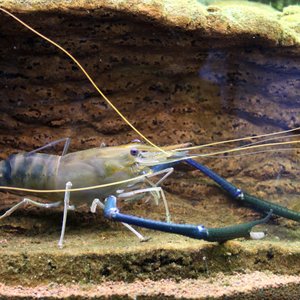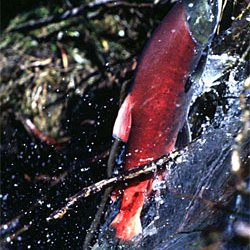Norway’s Aker Biomarine fishery first achieved MSC certification in June 2010 and achieved MSC re-certification in August 2015. The 2015 re-assessment showed that Aker BioMarine not only continues to operate to the highest standards of environmental sustainability, it has also improved its practices and knowledge to better manage the fishery. As a result, subject to strict traceability rules, Aker BioMarine’s krill oil nutraceutical products may continue carrying the MSC ecolabel identifying their origin from a sustainable source. Krill oil products without the MSC label cannot claim to be sourced from MSC certified fisheries.
In order to determine the sustainability of the fishery, a team of independent scientists and auditors considered all available science and reviewed the fishery’s management practices against the MSC Fisheries Standard taking particular note of krill’s status as a key low-trophic level species. Their analysis confirms that AkerBioMarine is protecting the unique environment, habitats and species living in the Southern Ocean.
The auditors have conducted surveillance audits every year since certification. These annual audits revealed:
- the fishery remains excellent in its performance against MSC standards
- the krill stock is under-exploited with catches below 1% of the available biomass
- impacts on the ecosystem continue to be very low
- management quality is outstanding
- krill fishery sustainable and not a threat to penguins
In 2017 the MSC annual surveillance report from the independent auditors reported that krill catch levels remained low and at stable levels. Fishing is set at very precautionary levels, and a trigger limit prevents the catch from exceeding a certain level. At present there is a catch limit of 620,000 tonnes for krill; even if all this was taken it would amount of only 1% of the total krill population. Past claims about a ‘gold rush’ on krill, or krill catches harming penguin and marine mammal populations have proved unfounded.
CCAMLR is the authority tasked with the scientific assessment of krill and krill fisheries, and with management of marine living resources in Antarctica including krill. It came into being in 1980 amid concerns that an increase in krill catches in the Southern Ocean could have a serious effect on populations of krill and other marine life; particularly on birds, seals and fish, which mainly depend on krill for food.
The 25 governments of CCAMLR that regulate the krill fishery have adopted a precautionary approach to minimize risk and to ensure that the food requirements of dependent predators are not jeopardized by fishing removals. To this end overall quota determinations specifically take into account the needs of dependent predators such as penguins and whales. The independent assessment team considered the adequacy of these controls and concluded that the existing management framework ensured that harvesting was well controlled and that the needs of dependent predators were allowed for.
The best available science from CCAMLR suggests that krill fishing is at such a low level that penguins and marine mammals which also consume krill in large quantities are not negatively impacted by fishing activity












